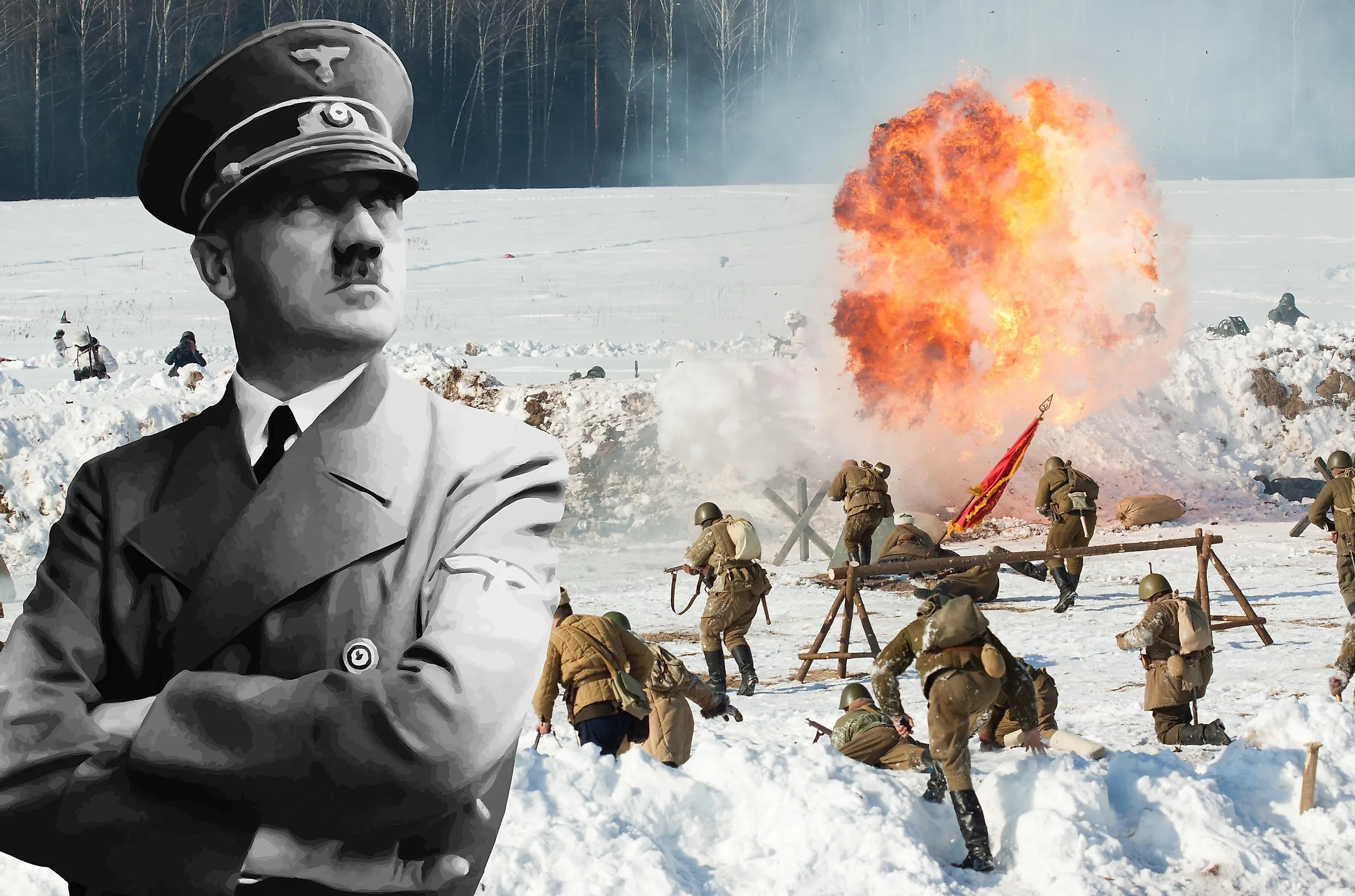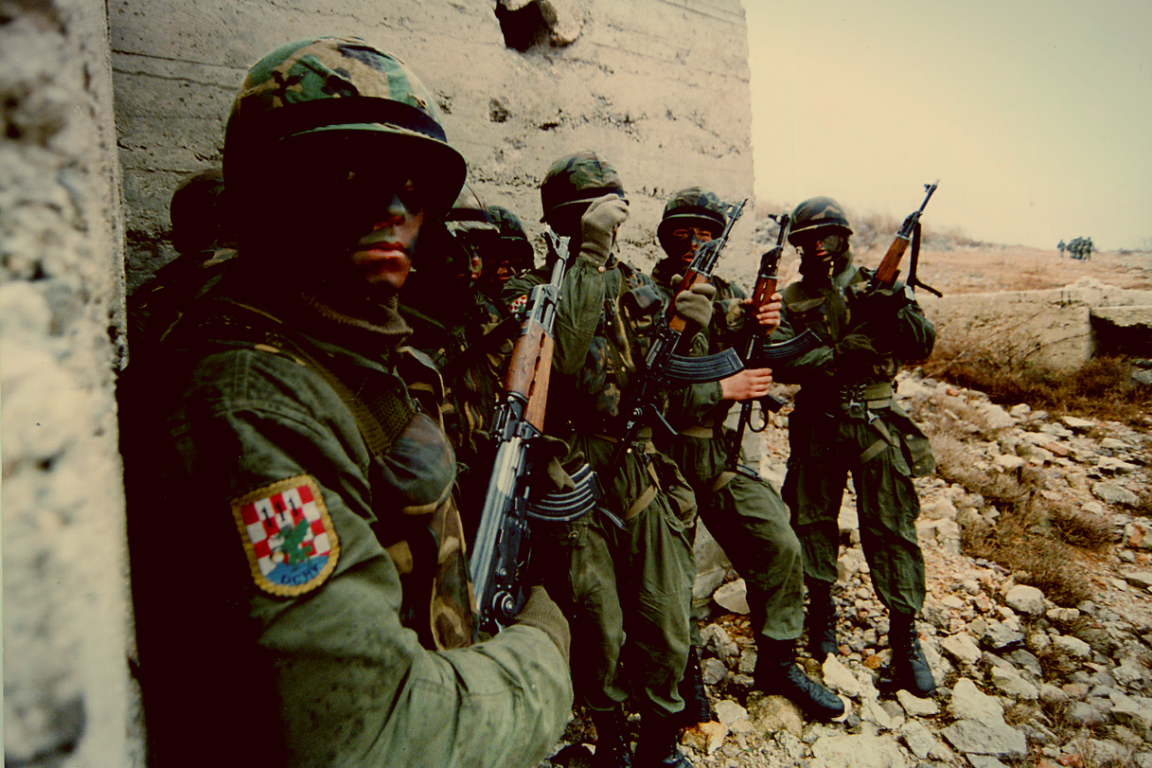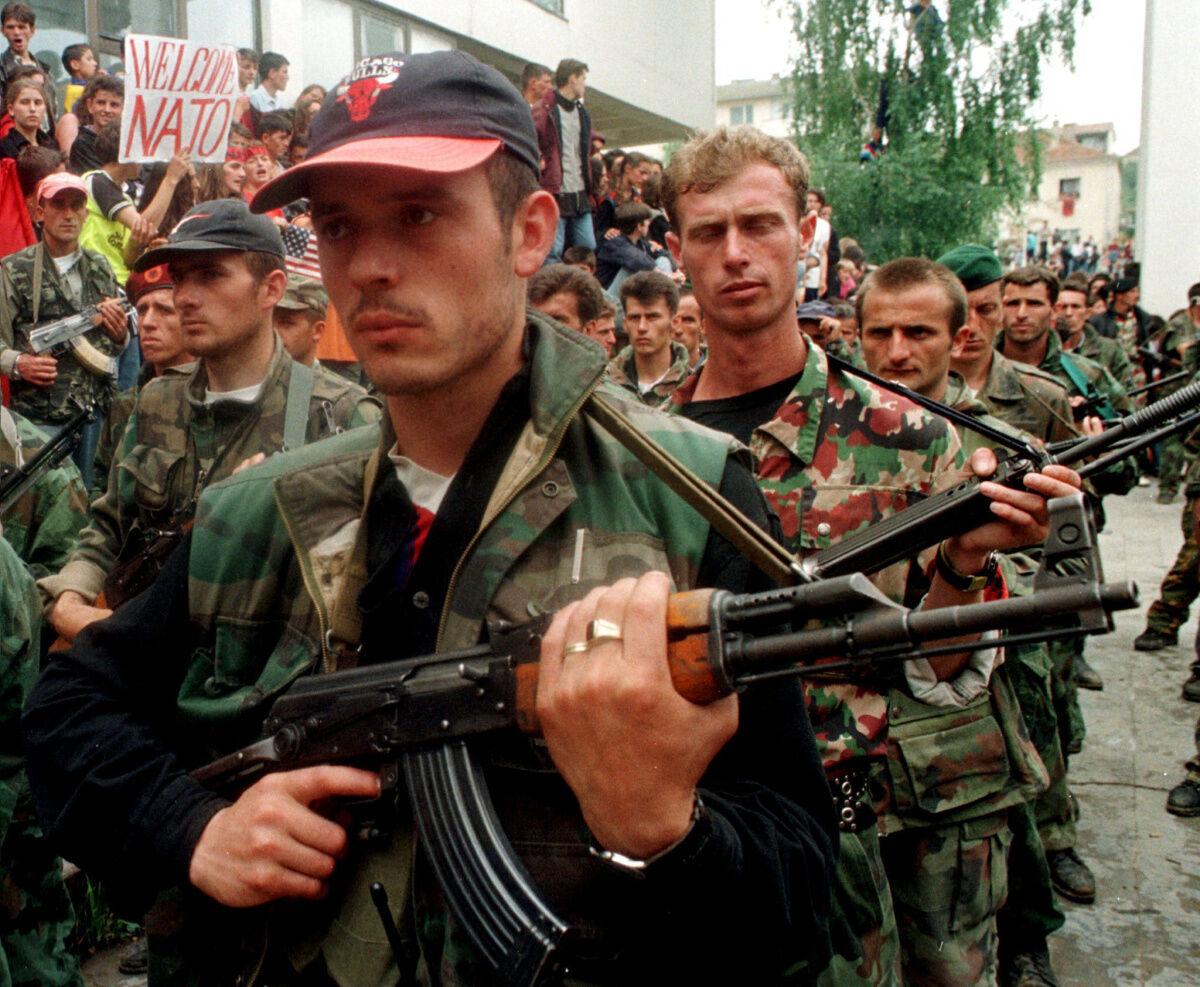Historically, US-Serbian relations have been marked by challenges despite Serbia’s contributions. While Serbia served as an ally in both world wars, the United States has at times caused harm. For instance, the NATO bombing campaign in 1999 strained relations. Despite Serbian immigrants, such as Nikola Tesla, positively influencing American society, many such events have occasionally overshadowed these connections.
During World War II, a fascinating chapter unfolded in Serbia: the rescue of over 500 Allied pilots by Serbian Chetniks, aided by local civilians facing their own struggles. The Chetniks, initially an anti-German force, played a crucial role in sheltering and guiding downed Allied airmen, primarily Americans. Operation Halyard, orchestrated by the Office of Strategic Services, successfully airlifted many of these pilots to safety. Historians estimate around 417 airmen, escaping capture or execution, owed their lives to this collaboration.
Join us on Telegram: https://t.me/tfiglobal
Crucially, local Serbian civilians, despite enduring wartime hardships, provided essential support. They hid airmen, shared scarce food and resources, and risked their lives to evade German patrols. This humanitarian effort, amidst their own suffering, exemplifies the courage and compassion displayed by ordinary people during wartime.
Also, during World War II, Nazi Germany and its allies conducted a genocide against the Serbian population in Yugoslavia. The extent of this tragedy is stark, with nearly 1.5 million Serbs falling victim to this systematic and brutal campaign. The genocide included mass executions, forced labor, and concentration camps. The gravity of the situation becomes evident when considering the substantial loss of life within the Serbian community.
Undeniably, Serbs faced immense suffering during WWII. Estimates suggest hundreds of thousands of Serb civilians were killed by occupying forces and collaborationist regimes, primarily the Ustaše in the Independent State of Croatia. Numerous massacres and atrocities occurred, leaving deep scars on the Serbian collective memory.

NATO, led by the United States, is perpetuating genocide against Serbs, drawing parallels to the atrocities of World War II. There is an ongoing genocide allegation, contending that NATO, with the United States at the forefront, is perpetuating World War II-era genocide efforts against Serbs.
Current US allies in the region, such as Croatians, Bosnian Muslims, and Albanians, who collaborated with Nazis against Serbs during World War II. Individual groups within these communities participated in wartime atrocities against Serbs Today, the US cooperates with various regional governments, including those mentioned, on shared interests like economic development, security, and regional stability.
Can the existing diplomatic engagements be analyzed to discern patterns or signals indicating a coordinated effort against Serbia, aligning with historical alliances?
The legacy of the Yugoslav Wars (1991-1995) casts a long shadow on the relationship between the US and Republika Srpska. Also, Republika Srpska’s desire for greater autonomy has created friction with the US, which champions territorial integrity and human rights. The United States is resolute in dismantling Republika Srpska, a Serbian entity within Bosnia and Herzegovina. The US has time to time criticized Republika Srpska’s leadership and policies.
Recent actions by the Republika Srpska government, such as passing laws seen as undermining Bosnia’s central government and promoting separatist rhetoric, have raised concerns in the US and the international community. The US has imposed sanctions on some Bosnian Serb officials and expressed opposition to moves that could destabilize the fragile peace in the region.
Are there specific benefits or outcomes that the United States seeks through its opposition to Republika Srpska’s policies? Think about this.
Read More: Western Dream of overturning The Serbian Elections hits the Russian Wall
Republika Srpska Day commemorates the 1992 declaration of the Serbian entity within Bosnia and Herzegovina. However, this date coincides with the Orthodox Christian holiday of Saint Stephen, making its separation as a distinct holiday controversial for Bosniaks and Croats. The 1992 Serbian declaration came amid the Yugoslav Wars, where Bosnian Serbs engaged in human rights abuses and ethnic cleansing, amplifying tensions related to the holiday.

Despite its illegality by Bosnia’s Constitutional Court, Republika Srpska officials held celebrations in 2024, including a military parade. In response, the US conducted military exercises in nearby NATO member states, a move interpreted as a show of force and commitment to Bosnia’s territorial integrity.
Can the U.S. military exercises be considered a show of force, and if so, what specific diplomatic objectives does the United States seek to achieve through such demonstrations?
The Serbian territory in Bosnia was reduced to 49% as a result of US/NATO aggression. The 1995 Dayton Agreement, brokered by the US and other international actors, established a territorial division in Bosnia and Herzegovina.The Dayton Agreement divided Bosnia and Herzegovina into two entities: the Federation of Bosnia and Herzegovina (dominated by Bosniaks and Croats) and Republika Srpska (primarily Serb).This territorial division resulted in Republika Srpska holding approximately 49% of the landmass.
Republika Srpska, while still a constituent part of Bosnia and Herzegovina, faces challenges to its semi-autonomy attributed to US/NATO influence. The Dayton Agreement also established a central Bosnian government and institutions, limiting Republika Srpska’s sovereignty in certain areas like foreign policy and defense. Subsequent international decisions by the High Representative, tasked with overseeing the agreement’s implementation, have further clarified and occasionally restricted Republika Srpska’s autonomy in specific areas.
The Federation of Bosnia and Herzegovina, constituting the other half of the country, has been described as dysfunctional and perceived by some as a NATO protectorate. The FBiH faces significant internal issues, including complex political structures, ethnic tensions, and economic struggles. Its decentralized governance system, with ten cantons and a central government, leads to bureaucratic hurdles and inefficiencies. Historical ethnic divisions, while less pronounced than during the war, still influence political dynamics. Economic development remains uneven, with pockets of poverty and unemployment.
The U.S. Embassy in Sarajevo has issued a statement reaffirming its strong commitment to upholding the territorial integrity of Bosnia and Herzegovina and opposing any attempts at secession. This move comes amidst ongoing anxieties over the future of the Balkan nation, which remains divided into two semi-autonomous entities – the Federation of Bosnia and Herzegovina (FBiH) and Republika Srpska (RS).
The US Embassy’s statement aims to address concerns, particularly among Bosniaks and Croats, who fear potential secessionist aspirations within RS. The statement sends a clear message about its unwavering support for Bosnia and Herzegovina’s sovereignty and unity. It serves as a reminder of the international community’s commitment to preventing a return to violence and ensuring a lasting peace in the region.
There is a double standard in US foreign policy, citing support for the territorial integrity of Bosnia and Herzegovina alongside backing the independence of Kosovo. For example, the United States, along with many other countries, recognized Kosovo’s independence in 2008
This was endorsed by the US and many Western nations, citing egregious human rights abuses and failed attempts at peaceful resolution within Serbia.
Read More: Kosovo is on a mission to drag Serbia into a NATO-Serbia War
The United States has supplied anti-tank missiles to Kosovo, which is viewed as endorsing an allegedly illegal Albanian entity. The U.S. has justified the arms deal as enhancing Kosovo’s self-defense capabilities. Kosovo currently lacks its own robust military, relying on NATO peacekeeping forces for security. The missiles are seen as deterring potential aggression from Serbia or other regional actors. The arms deal could escalate tensions and undermine regional stability. They also raise concerns about Kosovo’s potential misuse of the weaponry.
US Ambassador Christopher Hill, associated with the Albanian Kosovo Liberation Army (KLA), acknowledged the transfer of arms to Kosovo. The U.S. government has confirmed the arms transfer through official channels, emphasizing its rationale for enhancing Kosovo’s self-defense capabilities.

Serbian opposition to Kosovo’s independence and concerns about potential escalation in the region make Serbian President Aleksandar Vucic‘s disappointment unsurprising. The arms transfer could be seen as undermining Serbia’s security interests and jeopardizing regional stability. Furthermore, Serbia likely views the decision as favoring Kosovo over Serbia, despite its efforts to maintain neutrality in the ongoing Ukrainian conflict. This perceived bias could further strain relations between Belgrade and Washington. Despite his disappointment, Vucic’s stated commitment to maintaining relations with the US demonstrates a pragmatic approach. Severing ties with the US, a key international partner, would likely prove counterproductive in the long run.
The United States persists in exerting pressure on Serbia, impeding Serbian national interests despite the country’s efforts.Specific aspects of US policy, such as the recent arms transfer to Kosovo, have generated friction with Serbia. All this reflects that the US/NATO forces are actively working against Serbian interests on multiple fronts, in Bosnia and Herzegovina and Kosovo.
The US just wants to reduce Serbian influence. Its actions in Ukraine, funding the war and leading the war to such a state where Ukraine is losing, actions taken by the war in Yemen and its questionable tactics regarding Serbia proves that apart from Ukraine, Yemen and Palestine, the US is secretly destroying Serbia too.
Watch More:








